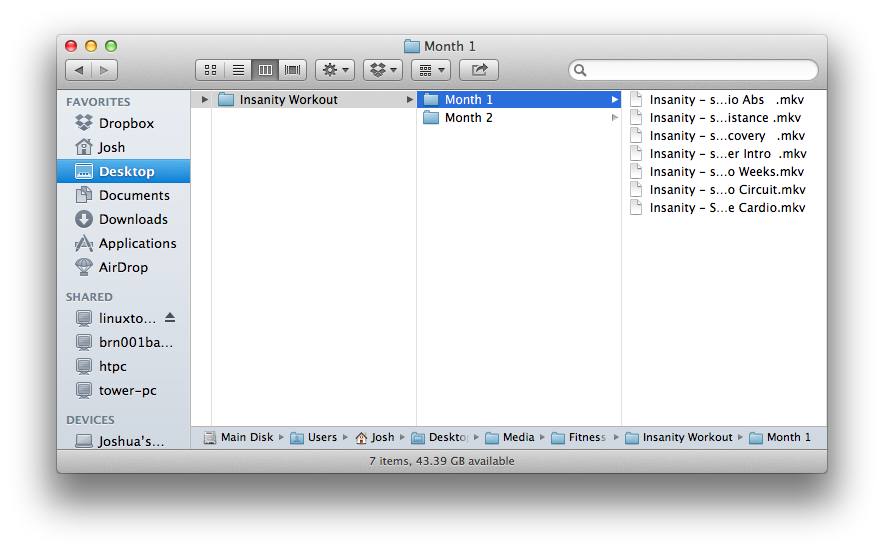
LOCATE A PATHWAY FOR A FILE ON A MAC FULL
LOCATE A PATHWAY FOR A FILE ON A MAC MAC OS X
You enterĪnd press Return, and then enter the administrative password. Mac OS X 10.7 Lion Mac OS X 10.8 Mountain Lion Mac OS X 10.9 Mavericks Mac OS X 10.10 Yosemite Mac OS X 10.11 El Capitan (Beta) Actually, the steps are exactly the same (if you are running on a Mac version greater than 10.6), you dont need to do anything special depending upon your version e.g Mavericks or Yosemite. Switch to superuser, which requires an administrative account.Launch Terminal, which you’ll find in Applications > Utilities.If you need to use a space, enclose the text in quotation marks, like "easy solutions". The search pattern I show below is case independent, so uppercase and lowercase letters get matched regardless of what you specify. In this example, let’s assume I’m looking for a file I know is named easysolutions.mdl, and I’m going to search on just easysolutions as the unique portion. The Unix find command shows the full path of matching files, wherever they exist on disk. (Find is something I’ve used for decades, and it feels like a tool designed for a computer with a teletypewriter attached.) IDG In the Terminal, a command called find can perform a comprehensive and deep search across everything, including system files and other stuff that we don’t need to interact with and macOS doesn’t readily expose to users. It also may match a lot of files you’re not interested in. There’s a way to search comprehensively through your macOS drive (or drives) using the Terminal, but I think of it as a last resort, because it involves tricky syntax and can be slow. If you have the Status Bar displayed as well, the Path Bar will appear directly above it.

You’ll then see the full path of your current location in Finder at the bottom of the window. Open Finder and go to View > Show Path Bar. Spotlight should let you find nearly any file you create or store in macOS with ease, but it doesn’t always work that way. The simplest way to always see the full path of a file or folder on macOS is with the Finder Path Bar. He needs to remove it to avoid a compatibility problem, and no amount of Spotlight searches nor browsing through folders can find it.

Macworld reader Lon has a problem finding a file on his Mac.


 0 kommentar(er)
0 kommentar(er)
